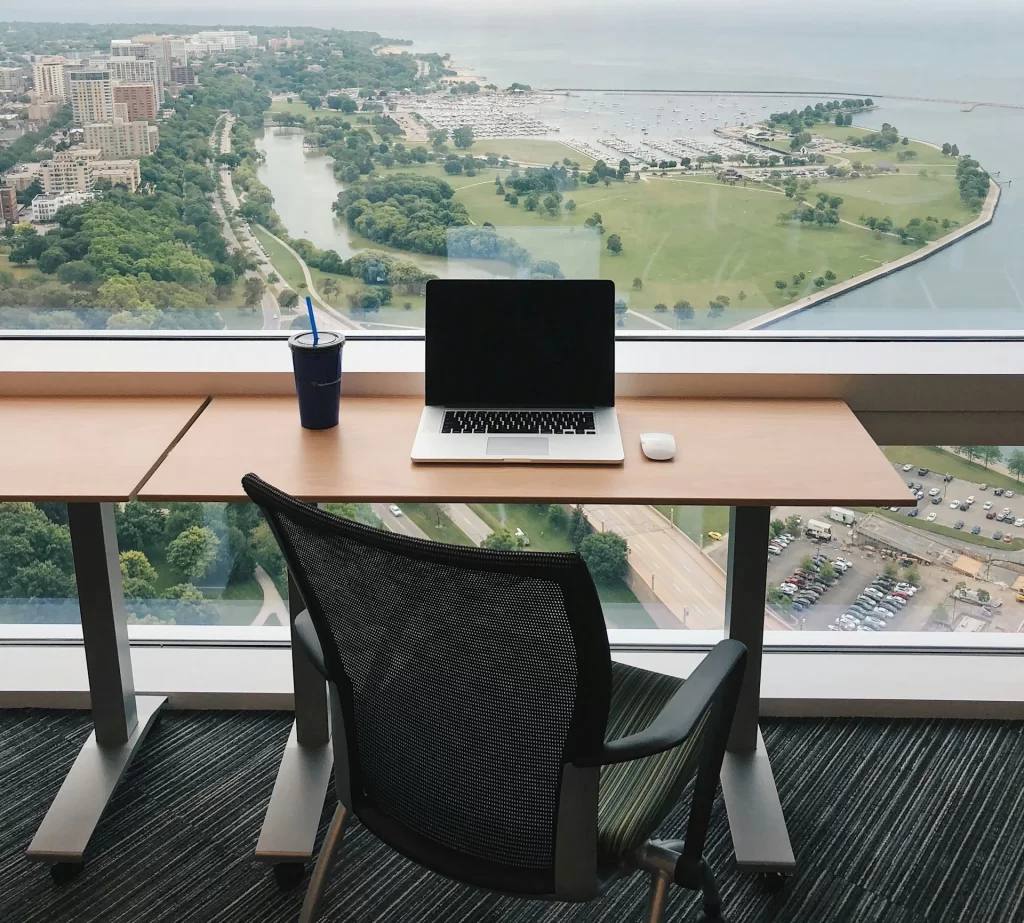
Working from home is not always the ideal setup for everyone. Many people find themselves in situations where they lack a dedicated workspace, share their living space with others, or face noisy neighbors. If working from home isn’t feasible, you might need to pack your tools and head out to the nearby library, coffee shop, airport, or work in your car.
In such cases, to stay productive, you may need to consider serious alternatives to traditional home offices.
Alternatives to home offices span work-friendly cafes, co-working spaces, cost-effective public venues, and versatile home setups. These include free shared spaces like libraries, university campuses, outdoor settings, as well as on-the-go work and varied in-home workspaces.
But the problem does not lie with the availability of remote working locations – most cities give you a plethora of options. As these locations affect your productivity, they must be somewhat affordable, yet reliable.
You can’t just head out to any cafe – you need to ensure the cafe is work-friendly with available seats to avoid a wasted trip. Most co-working spaces may be priced beyond your reach. Often you can’t just take the cheapest public venue – you might find shared spaces too crowded or distracting.
Whatever the case might be, we’ll list the alternatives to home offices, along with ideas on how to find affordable yet reliable options.
Whether you’re finding places for your regular four-hour digital grind or looking for a monthly commitment, this guide has got you covered.
1. Work-Friendly Cafes: A Productive Brew
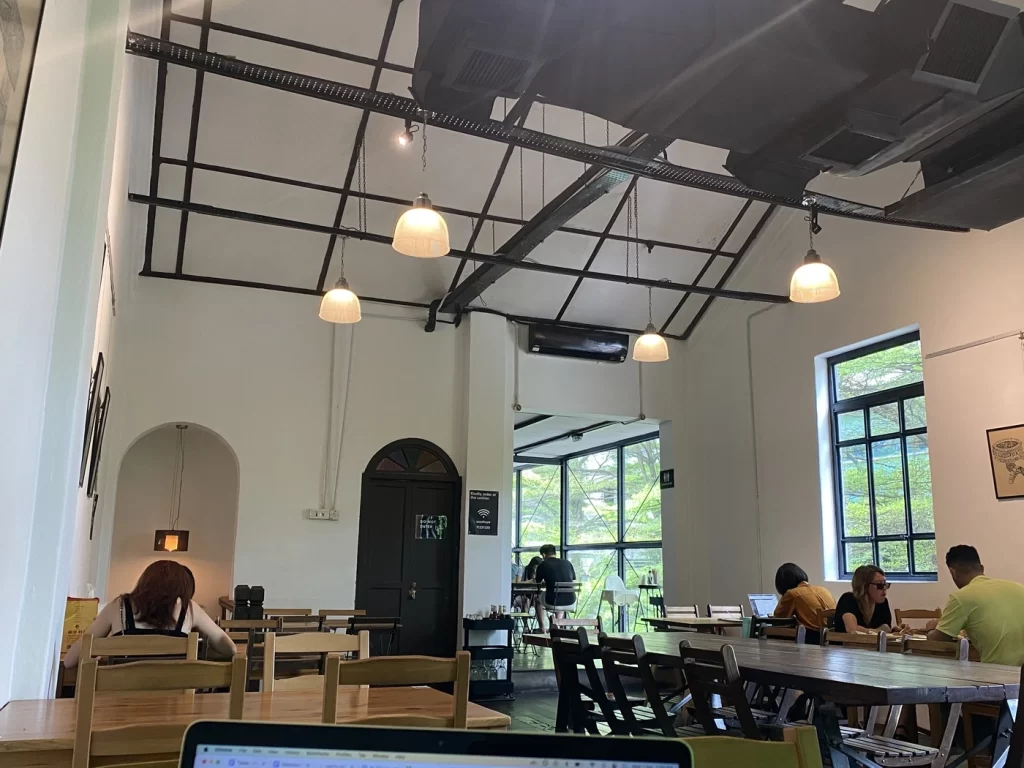
This is not just your regular cafe. Specifically, you should look for work-friendly cafes with a focus on productivity and casual business meetings – they generally have characteristics appealing to the digital grind.
The characteristics for work-friendly cafes are too long to list, but these are the most important:
- Ample seating: Work-friendly cafes have many comfortable chairs and tables and a variety of seating options.
- Free Wi-Fi: It is important to find a cafe that offers an internet connection that is free, fast, and strong and reliable.
- Power Outlets: Look for cafes with easily accessible power outlets at tables.
- Good Lighting: Well-placed artificial lighting is key for productivity.
- Meeting Spaces: Some cafes offer private meeting rooms or areas that can be reserved for business discussions or group work.
Tip: When you look at Google reviews, don’t just look at the ratings but also search for keywords like “WiFi”, “laptop”, and “power” in user comments, and get a sense of the crowd levels at various timings. These factors help you gain a sense of how work-friendly it might be. Thereafter, decide whether to save it to your list of cafes for future reference.
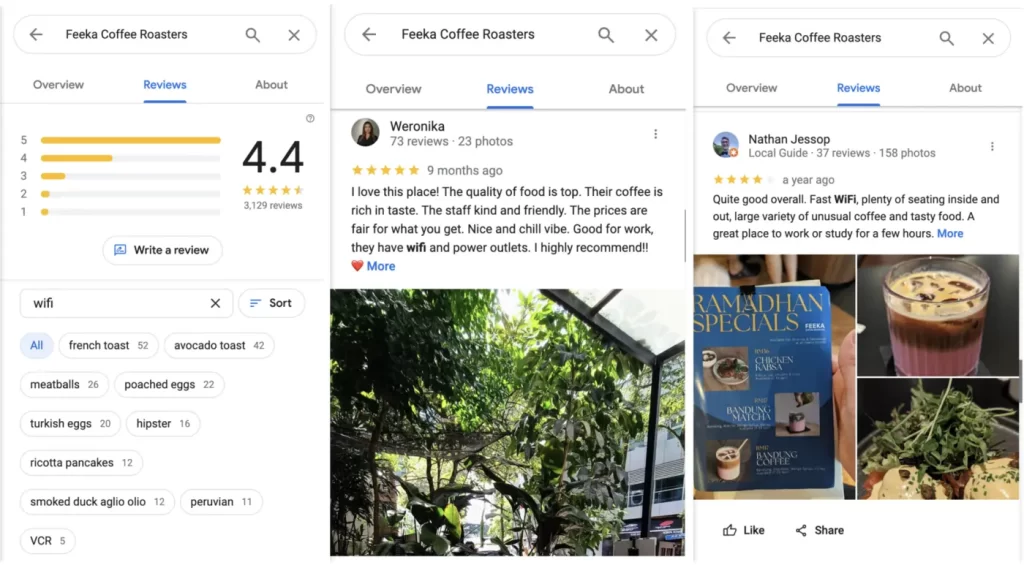
Once you find a reliable cafe, frequenting it can be a productive routine.
Having a go-to cafe is potentially cost-saving. Many offer the option to purchase a membership or card that can save you money in the long run. When I bought a coffee card at my go-to cafe, I saved around 25-30% on coffee expenses over 10 consecutive visits.
If you regularly use cafes for productivity and haven’t done this, you might be pleasantly surprised to find possibilities of saving money through loyalty cards or membership options.
2. Multiple Work-Friendly Cafes: Proximity and Redundancy
After finding a reliable work-friendly cafe, don’t just stop there. Besides the 1 or 2 go-to cafes that you frequent, do seek out multiple work-friendly cafes that are within a 15-30 minute commute from your home.
These cafes do not have to be perfect. You do not even need to like them much.
It’s the proximity to your home that gives you flexibility and can be a time-saver in several ways:
- The proximity to your home means you have higher chance you can visit after work (if you work in a corporate office) before you head home. This means you can stay productive in the evenings at little inconvenience to you.
- The proximity also gives you alternative little venues to choose from, should you need a quick get-away from your apartment for productivity.
If your go-to cafe happens to be closed or an hour away by commute, you have other options and could drive or walk 5-15 minutes to a decent cafe nearby.
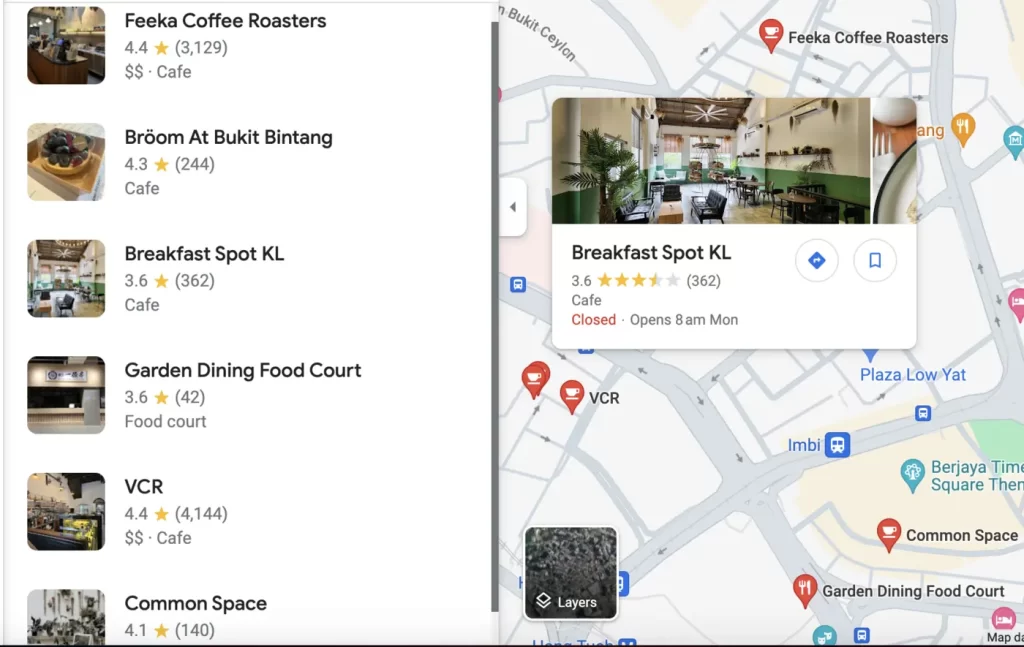
3. Public Venues: Beat the Crowd, Optimize Your Schedule
Working outside requires you to be somewhat flexible and aware of time constraints. Timing matters.
The adjustments you make to your timings can help you secure work-friendly venues. You can benefit through 2 ways: beating the crowd, and optimizing your schedule.
Adjust your timings to work before the crowd settles in – this helps you combat the difficulty of seats and noise. This applies to cafes and any other outdoor places you work at.
For instance, visit cafes, libraries, and community centers earlier on weekday and weekend mornings, in order to get seats and reduced noise levels.
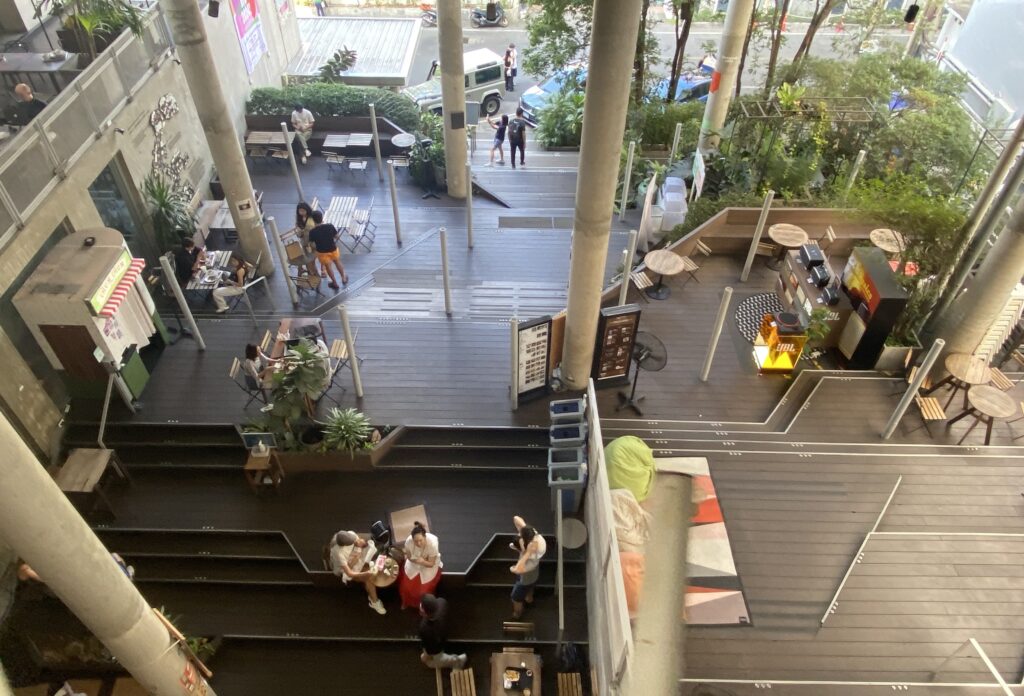
Next, optimize your schedule by moving your timings. Because you are dealing with public venues, it may be the case that your ideal productive schedule falls outside the operating hours of cafes, libraries, and malls. This might result in undesired gaps in your schedule. For optimization, it might mean finding venues that either open earlier or close late. If you’re a night owl, consider cafes that stay open late.
Here’s an example. A problem I had was that my go-to cafe closes at 10pm daily. After my corporate job, I would usually settle in after 7pm, but by the time I’m in my productive writing zone, I only have 2 hours left. Sometimes I barely get any writing done in this constrained block of time. Instead, I found a different cafe nearby my place that closes at 2am – having the option to work until midnight and beyond did wonders for my productivity (as a night owl).
Thus when working beyond your apartment, see if you can make a few time-saving and time-maximizing adjustments.
This article was originally published on unboundist.com. If it is now published on any other site, it was done without permission from the copyright owner.
4. Co-working Spaces: Day Passes and Monthly Memberships
If you think co-working spaces are usually expensive, here’s something you can consider: Find coworking spaces with a day pass.
Some co-working spaces offer day passes, which allow you to explore potential new work venues without long-term commitment.
Calculate the hourly rate to find cost-effective options. Simply take the total cost of the day pass and divide it by the operating hours of the co-working space.
You might be surprised to find ‘hidden’ gems. I was surprised to find there are co-working spaces in Singapore that cost just $2-3 per hour (space is very expensive here).
Some coworking spaces, for a monthly fee, offer workspaces in multiple locations within the city, alongside other perks like discounts off bookable amenities and F&B or fitness classes. They give you more productive workspaces to alternate between, and more activity options.
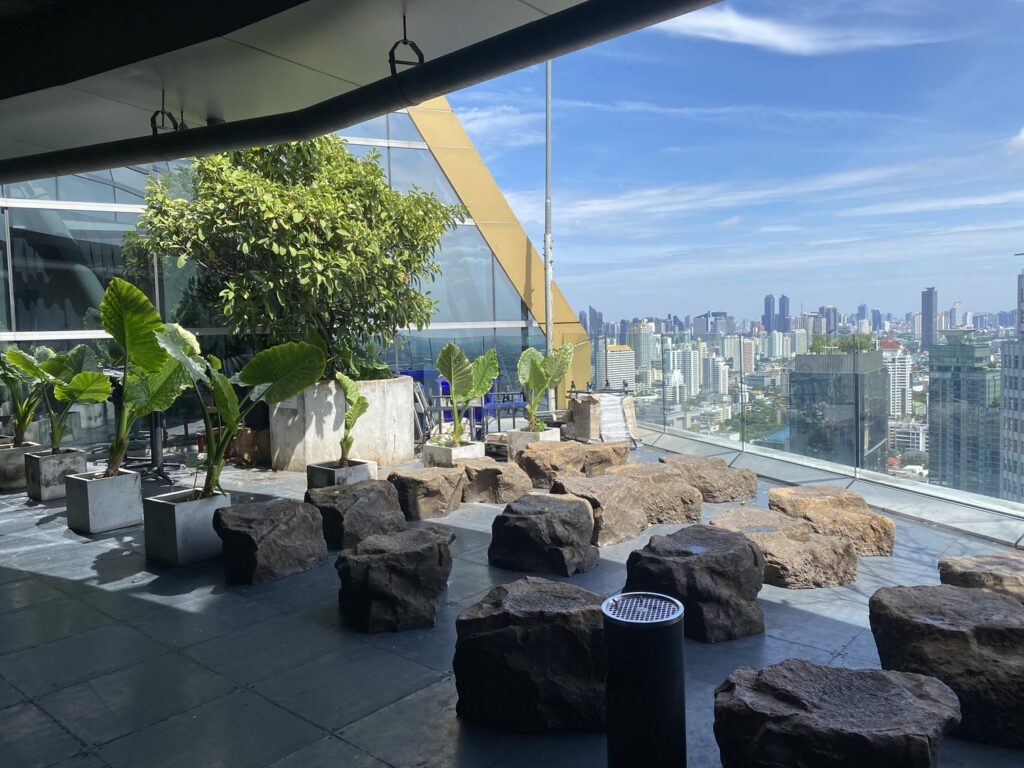
5. Shared Office Spaces for Employees
Some companies offer shared office spaces or remote work hubs for their employees.
These are basically coworking spaces outside of a traditional office setting that employees have access to. This grants employees access to structured productive work environments beyond their corporate offices, often even on weekday evenings and weekends.
If you have a friend with access to a shared office space or remote work hub, you may be able to take advantage of these spaces.
6. Office Space for Rental: Flexibility at a Price
For a more permanent and professional workspace, consider renting office space in a commercial building. This option only applies to those of you with higher incomes and budgets.
If you travel frequently, there are global companies that offer offices in most major cities all over the world. This give you an office space wherever you go. These offices are often located in the nicest and/or most central buildings of a given city. They often charge an annual fee to use their business lounges, cubicles, open areas, and other services and amenities.
There are also temporary rental options. There are flexible, short-term office space rentals that are more budget-friendly. If you decide to reward yourself with office space for a month, you could consider short-term rentals.
The cost would also depend on location and type of workspace. Of course, co-working companies that are prevalent in or even specific to certain countries like Indonesia or Phillippines are likely going to be cheaper than others in Hong Kong or Singapore.
7. Affordable Alternatives: Free and Low-Cost Options
Now talk about some even cheaper options – some of these are even free.
If you’re on a tight budget, here are some cost-effective alternatives:
- Public Libraries: Many libraries offer quiet workspaces and even allow you to book meeting rooms, making them excellent options for focused work.
- University Campuses: Some campuses provide conducive study environments at no cost, giving you access to a quiet place to work.
- Community Centers: These are often overlooked gems. They can offer free or low-cost spaces for work, with various amenities and a quiet atmosphere.
- Larger Gyms, Fitness Centers, and Spas: Some larger gyms and fitness centers have open or quieter areas with Wi-Fi access, especially if you already have a membership.
- Open-Air Alternatives: Enjoy the outdoors by working in alfresco dining areas, parks, libraries, and public universities, which often offer free Wi-Fi. Working outdoors can be refreshing and inspiring.
8. Work While On the Move
If you have to commute, consider working while on the move. With mobile versions of apps like Google Docs and voice dictation, you can make the most of your travel time.
If you drive, working in the car safely and productively might be possible. Use a mobile hotspot for a stable internet connection, use voice commands, and set up your seat to be as ergonomic as possible. Listen to educational podcasts or audiobooks if that’s the only feasible option.
It is important to develop this skill of working on the move if you regularly commute. If you take public transport for at least 1-2 hours a day, you should have your phone or tablet set up for the purpose of working on the move.
9. Work in Different Areas of Your Home
Lastly, you can find areas within your home to work that is beyond what you might normally view as a dedicated workspace. They aren’t ideal but are good for short bursts of work and switching things up.
There are also ways that you can work without using a traditional desk, involving some creativity. Examples include purchasing a lap desk, using an ironing board, or transforming your living room coffee table into a productive zone via a laptop stand.
I’ve previously discussed 9 different areas of your home where you could set up a permanent or makeshift office. You can adapt various areas in your home for work:
- Living room: Make use of a coffee table, rollable side table, or floating shelf to create a makeshift office space.
- Kitchen: Your kitchen countertop can be used as a standing desk for a change of scenery.
- Bedroom: Use a lap desk or do some reading in a recliner chair.
- Taking a Walk: Combine work with a walk by using a smartphone for certain tasks. Use voice dictation or jot down ideas as you go. A walk can stimulate creativity and provide a fresh perspective.
In conclusion, there are numerous alternatives to traditional home offices, each catering to different needs, preferences, and budgets.
Lacking a dedicated home office doesn’t mean productivity is impossible. Using our comprehensive guide, take some time to find at least 3-5 productive spaces beyond your typical home office. Ensure they’re reliable and affordable (to you).
Whether you prefer work-friendly cafes, co-working spaces, libraries, or even your own home, you can find suitable workspaces by being adaptable and creative.
But if you need help with building your home office space so that you don’t have to be 100% reliant on cafes and other public venues, check out our comprehensive guide to have your home office set up and ready in no time.